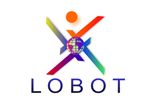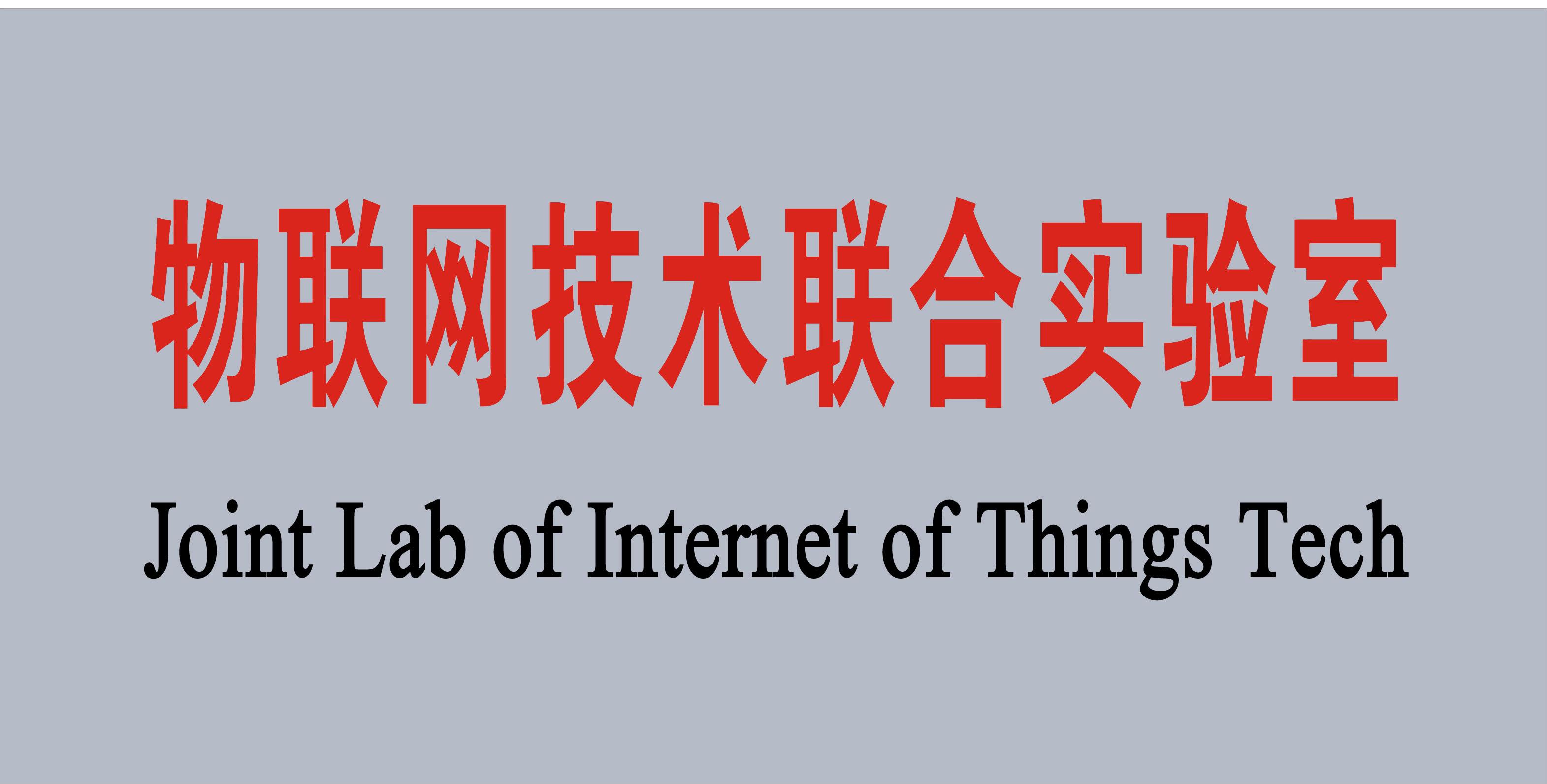
The Logistics and Robotics Laboratory focuses on the research of the theory, technology and application of logistics and complex robotic systems. The main research directions include IoT, Logistic Informatics and Automation, Planning and Simulation of Logistics systems, Swarm Intelligence and Optimization, Swarm Robotics.
There are more than 30 people, including professors, associate professors, post-doctors, doctoral candidates or postgraduates. Their research backgrounds and orientations cover the logistics technology and equipment, logistics management, machinery manufacturing and automation, mechanical and electrical engineering, Robotics, control engineering and computer engineering, etc.
Having undertaken international, national and provincial projects, the laboratory is devoted to the commercialization of the research achievements. In Dongguan and some other cities, the Engineering Center of IoT and Logistics Technology has been established aiming at the transformation between technological achievements and productivity of the enterprises.

Fig. 1 The research center of IoT and Logistics Technology
The laboratory attaches great importance to international cooperation and communication and focuses on academic frontiers and new trends of science and technology. A friendly relationship of academic exchange and cooperation has been developed with universities and laboratories in Sweden, Canada, the US, Italy, Holland and Japan. At present, the laboratory has established the IOT Technology Joint Laboratory in partnership with universities in the US, Canada, Italy and other countries, focusing on the scientific collaboration in the areas of hot issues and the application of IOT.

Fig. 2 Joint Lab of IoT Technology
In terms of the achievements in the Laboratory, more than 150 papers and 5 acadmic writings have been published and 15 national patents and 20 software copyrights are declared. Furthermore, one first prize, six second prizes and one third prize have been awarded in the name of provincial science and technology progress.
